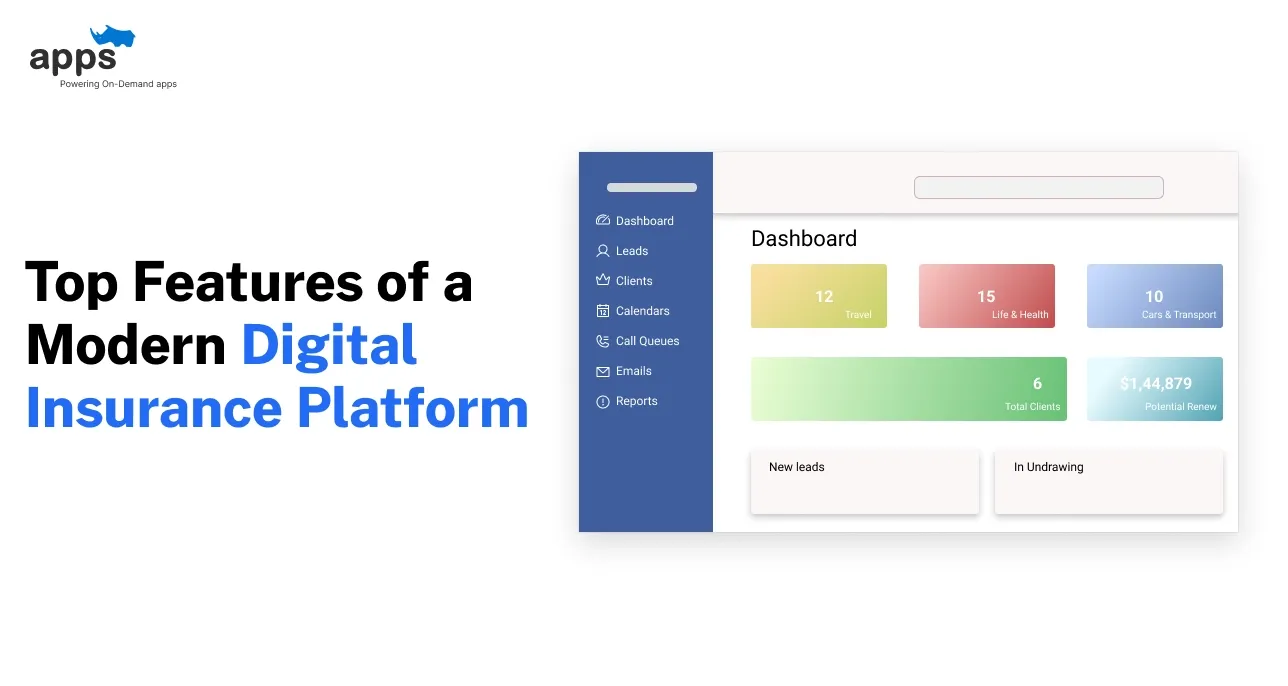5 Successful Apps That Were An MVP First

Online business is an unpredictable sector. A platform like Uber has lost a considerable market cap in its market debut. Facebook is under regular scrutiny for data securities. Or a flappy bird, which was an extremely popular gaming platform, vanished without anyone noticing. Even a lame observer can tell that it's difficult to sustain in the digital market.
But when an idea hits, is it wise to let the opportunity pass? And can't we monetize the solution?
Let's analyze the process; after you have validated your app idea, you need significant findings and investments to create an app. Then if you hit the market at peak time and let your audience decide your fortune, chances are the story might undergo a twist of tale.
Did you know 99.5 percent of app ventures fail? Even a leading team and market experts can't design and release a fail-proof app. So what should be the approach?
The approach should be to produce a minimum viable product (MVP) first. However, we here examine if an MVP is overhyped or important to launch a successful app. Later, our blog consists of a list of top business apps that were once MVP.
Summary
Billion-dollar businesses are often conceived from solutions to simple problems. Can't fetch groceries? Sign-in into Instacart. Is private transportation too expensive? Go get Uber. Messey with files and folders? Store them in Dropbox. Can't find hotels? Book an apartment through Airbnb. Can't meet friends or stalk them? Use Facebook. Likewise confused with starting an on-demand delivery service? Get in touch with Appsrhino. But most of the time, startups fail. It is because they emphasize too much on the initial product. However, an MVP can build a steadily growing platform for your app and audiences. The best feature of an MVP is that it has an intrinsic feedback loop for product improvements and offers enough value for initial users to use or buy the product. Moreover, it's a tried and tested solution with no drawbacks. To know more about the method and its testaments, continue reading!
Is MVP an overhyped approach?

Minimum viable product has been marketed by Eric Ries, the author of "The Startup Way" and New York Times Bestseller "The Lean Startup." He is an advisor and consultant to several businesses and established capital venture firms.
Notably, his bestseller "The Lean Startup" narrates his journey from his failed startup Catalyst to being a senior SE there.Inc., which failed to launch an expensive product. For both the misadventures, he attributed overlooking customers and focusing too much energy and time on the initial product.
Moreover, he emphasizes and argues that businesses or startups should produce an MVP and keep embracing attributes from customer feeds to produce a market fit product.
The qualities of an MVP over a maximum viable product are
- It is a completely usable and functional product, making it worthwhile for customers to use and buy.
- It forecasts future benefits and retains early users.
- But the most important characteristic is it has an intrinsic feedback loop. That enables grounds for future corrections and enhancements.
Thus it becomes a strategic move for businesses to build an MVP, release it in perfect time, and use customers' voices to deliver a more sophisticated product. Now let's see who are the top businesses that adopted this idea.
Instacart
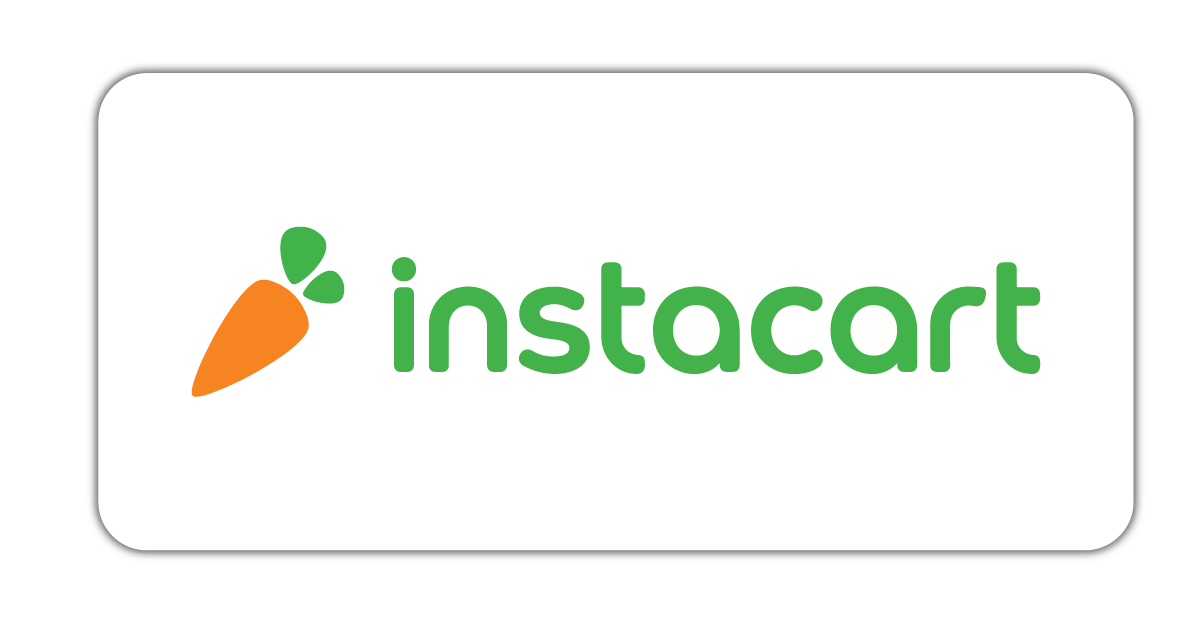
Apoorva Maheta, the founder of Instacart, had worked for Amazon as a supply chain manager and knew that on-demand delivery has a lot of fortune. He quit his job. Started at least 20 services, none of them worked, before Instacart in 2012.
But there is more to the story. Instacart didn't have any warehouse, inventories, or delivery van. Moreover, it was a Wizard Oz MVP! The app hadn't had in-app payment or automated delivery processes. This means it relied manually on to purchase groceries and carry out deliveries.
When they developed a market fit product, they built backend automated processes. Apoorva did his homework!. The company went on to be the largest on-demand grocery delivery service. It has an 84% market share in the US and Canada and is valued at $17.7bn.
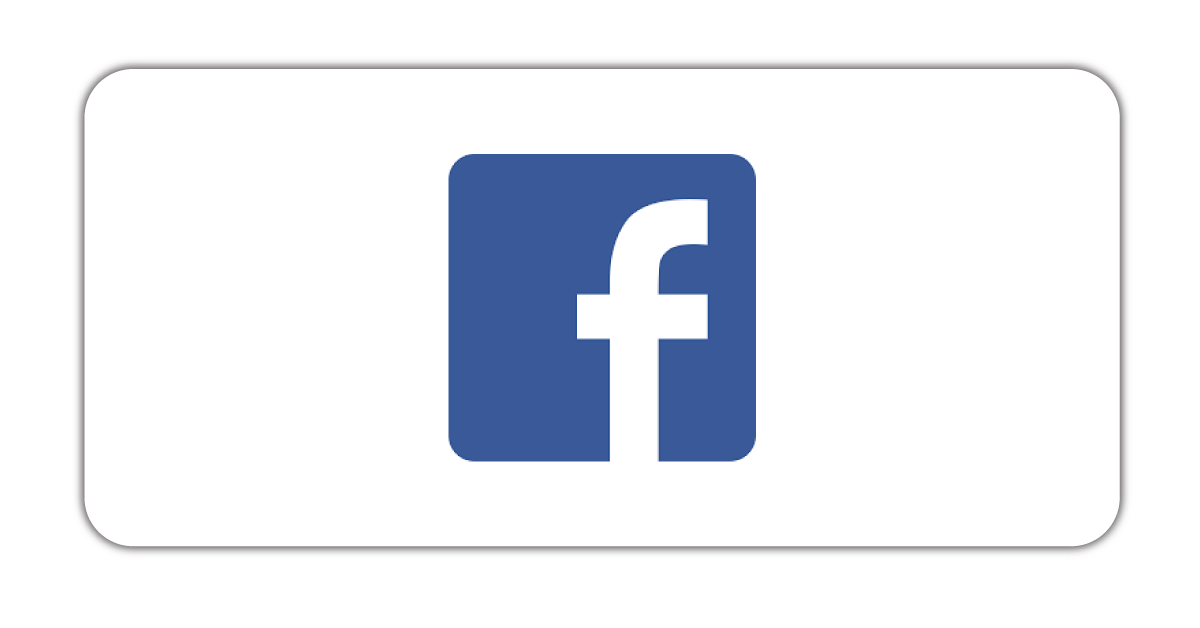
Facebook is a social media delight, with around 2.89 bn monthly active users; it enjoys being the most used social media. But there were several milestones in this journey. Then college-goer Mark Zuckerberg wrote the software for facemash. This photo-sharing platform dealt with typical college boy games of hot or not. Later, the website was used to share notes after the Harvard administration accused it of violating privacy and security rights.
However, the present facebook is derived from 2004 facebook, compiled by Zuckerberg and his mates. The website was the solution to the unavailability of student web directories at Harvard. Nevertheless, over half of Harvard students enrolled in it within a month, then Stanford, Colombia, and Yale, then ivy and Boston schools, then the UK, and then inevitable.
In 2005 'the' was dropped from 'the Facebook,' and the domain of facebook.com was purchased for $200,000. And by the end of the third quarter of 2006, everyone aged 13 and older with a valid email address had access to Facebook.
Airbnb
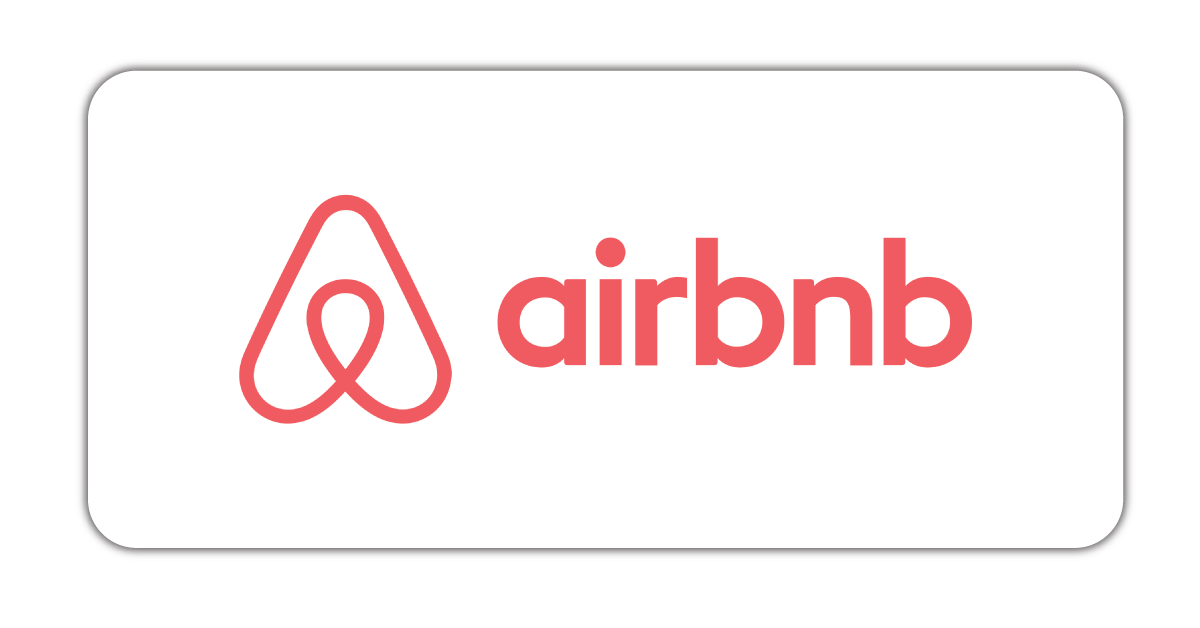
Loosely speaking, if Uber mated with a hotel, the offspring would be Airbnb; how? Let's see.
After moving to San Francisco, mates Brian Chesky and Joe Gebbia couldn't find comfortable accommodations. Either hotel was unavailable or unaffordable. So they put an air mattress in the living room of their apartment and rented it for B&B with free WiFi. The idea hit the chords, and people started renting out spaces in their apartments. The idea is so good that the company raised $3.5bn in IPO last year, and the customer count will reach 45.6mn by 2022.
In 2008, the duo created and launched a website called AirBed & Breakfast. After a year, the website had 10,000 customers and over 2,500 listings. And the following year, it shortened to Airbnb, expanding its services to renting whole apartments, homes, and other properties. Though the initial website wasn't fully functional, it developed over time how an MVP does.
Uber

Uber is the antonym for on-demand mobile service apps because of its influence in the sector. The company started with ride-hailing service in 2009 and presently has verticals in food, alcohol, courier, etc.
Garrett Camp anticipated the cost of direct transportation as an opportunity and figured sharing a cab could reduce it and volunteered a buzz called Uber. Initially, it operated as UberCab. The beta app was used only by the founders and their mates and tested in NYC with only three cabs. But in the following year, it was launched publicly in San Francisco and consequently morphed into Uber. The founders took advantage of feedback in the Appstore and developed in-app payments, giving them a lead in the market. Further suggestions were incorporated to build present Uber.
Dropbox
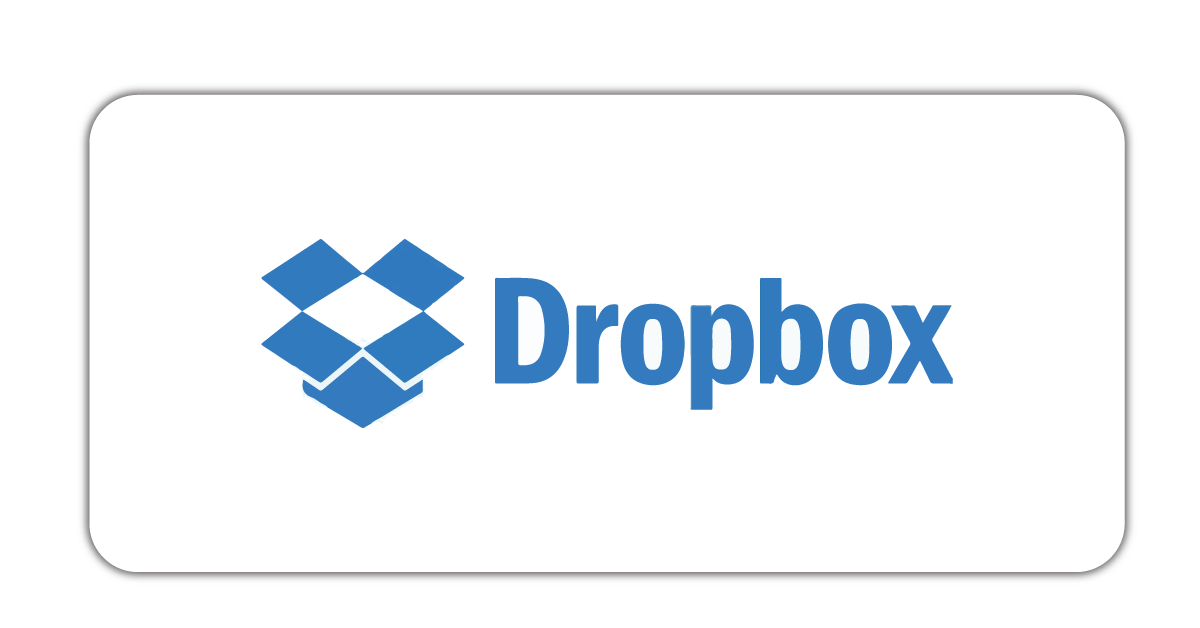
Our last POC is Dropbox. In 2007, Drew Houston was at MIT. And he kept forgetting his USB flash drive, so he built a storage cloud for himself. But he soon realized that the solution could benefit others.
In early Dropbox days, Houston released a demo video explaining the MVP's uses and functions. The video was impressive that sign-ups increased from 5,000 people to 75,000 overnight. Huston said that it was easier to explain the ideas than to implement them in this regard.
Houston founded Evenflow.Inc in 2007 and launched it at an annual tech conference in 2008. But it was remanded to Dropbox the following year. After that, Dropbox steadily penetrated the market. In 2019, Dropbox had 14.3mn paid users and generated $1.66bn revenue.
What's Next?

Building an MVP is the best way to crack the market! Be it releasing a video of an unfinished product or resonating with like-minded people or fixing a correct problem, or just hitting the market at the right time. All are a tried and tested process. Zuckurger, Huston, Apoorva or Brain, and Joe used the same recipe to serve different audiences. However, do you want to be one of them?
Though building an MVP through DIY is not everyone's piece of cake. Often a ready-made solution comes in handy. Getting a customized on-demand mobile delivery company becomes easier if we find a ready-made solution.
Although there are several top incumbents, all of them can't be featured in this list. We, however, tried to incorporate each from different domains and sectors. So let's know what the businesses we missed in the comments are. We end our blog with a quote from a famous personality, finding the one is your duty.
"You have to start with the customer experience and work back towards the technology. Not the other way around.'
Table of Contents



